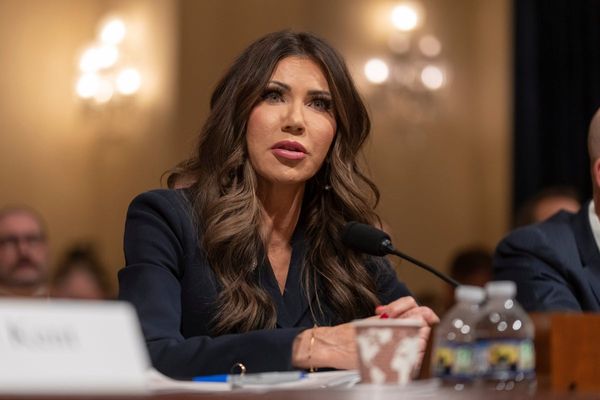
“I’m not an entomologist,” said CS Venkatakrishnan, the Barclays chief executive, dodging the question everybody is asking: how many cockroaches are about to crawl out of the woodwork in the private credit market?
The good news – sort of – for Barclays is that it had only one insect to point to. A £110m loss from lending to Tricolor, the US sub-prime auto lender that has failed amid allegations of fraud, doesn’t look good but Venkatakrishnan could simultaneously trumpet that Barclays avoided that other rotten private credit beast First Brands. Barclays was asked to lend to the stricken autoparts supplier, but didn’t. JP Morgan, taking its own $170m (£127m) hit on Tricolor, said the same last week.
One could regard these developments as mildly reassuring after a week in which both the International Monetary Fund and the Bank of England have warned about risks that may be emerging in the world of private credit, AKA the shadow banking sector.
Exposure to fraud – if that is what it turns out to be at Tricolor; the US justice department is investigating – is an everyday risk of doing business for a bank. Sometimes the risks materialise. One cannot assume on the basis of a single bad exposure that Barclays’ lending standards, which Venkatakrishnan defended stoutly, have slipped.
Meanwhile, the group’s £20bn exposure to private credit – weighted to the US and out of a total loan book of £346bn – doesn’t feel wildly abnormal for a firm with an active investment bank in New York. Barclays, reporting quarterly pre-tax profits of £2.08bn, is also plainly big enough to take a £110m hit on the chin. It’s got enough surplus capital to afford £500m-worth of share buybacks. The share price rose.
Jolly good, so time to stop fretting about the whole private market? Well, no, obviously not. The governor of the Bank of England, Andrew Bailey, wasn’t going to downplay the risks in front of a Lords select committee this week (he is paid to worry, after all), but he made three obvious and related points.
First, there’s no way to tell at the time if collapses are “idiosyncratic cases” or an indicator of a broader crisis in the private credit market. The 2007-08 credit crisis also began with a low rumble that was deemed to be too far away from the financial centre to matter systemically.
Second, there is some evidence of “slicing and dicing” of loan structures by private credit lenders, which is how risk was disguised last time. Third – and this is probably Bailey’s critical point – central bankers don’t have much visibility over what is happening in the shadows because private credit is largely unregulated. In other words, it is a world of known unknowns.
Financial markets, after panicking for a couple of days about First Brands and Tricolor and possible spillovers to mainstream big banks, have gone back to relaxed mode. That’s understandable because the numbers aren’t yet big enough to indicate wider and deeper problems. But, as Bailey indicated, risky lending in an opaque, complex and leveraged part of the financial world is now ringing alarm bells. If more cockroaches appear in the next couple of months, sentiment will turn again.







